Exploring the vibrant world of international cuisine reveals a multitude of flavors and traditions that are not as universally beloved as they deserve to be. This blog post highlights ten remarkable yet underappreciated cuisines, shedding light on their unique qualities and why they remain hidden gems on the global stage.
Peruvian Cuisine
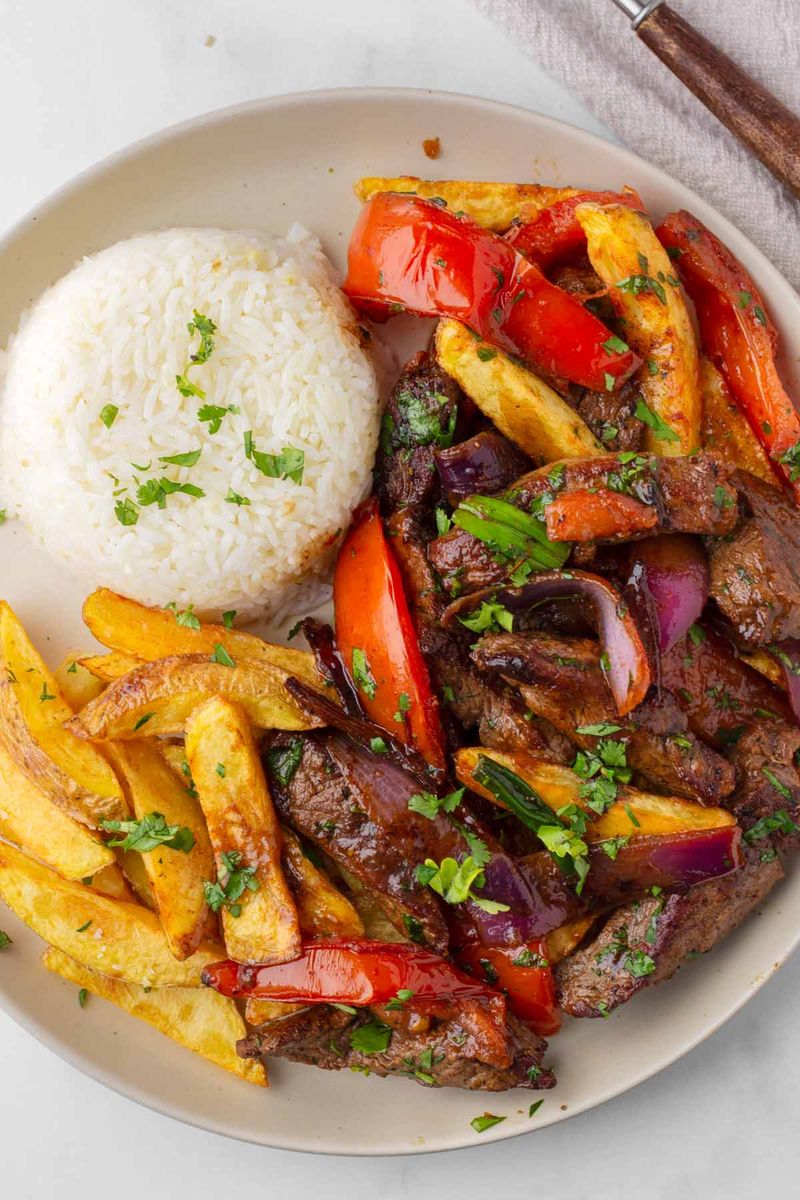
With its rich tapestry of flavors, Peruvian cuisine stands as a testament to the country’s history and biodiversity. Dishes like ceviche and lomo saltado offer a zesty and hearty taste respectively, combining indigenous ingredients with Asian influences. Yet, despite its culinary prowess, Peruvian food remains a mystery to many outside South America.
The unique geography of Peru, from the Andes to the Amazon, provides a diverse range of ingredients that are expertly woven into each dish. However, logistical challenges and cultural barriers have limited the spread of this cuisine on a global scale.
Did you know? Peru is home to over 3,000 varieties of potatoes. This culinary diversity could potentially revolutionize menus worldwide if more widely adopted.
Ethiopian Cuisine
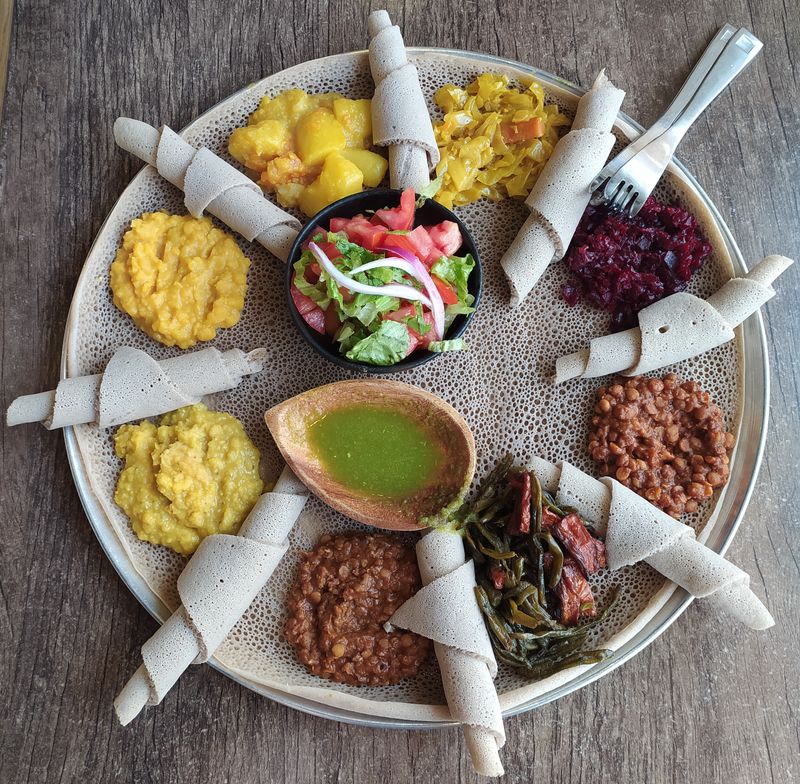
Ethiopian cuisine is a symphony of spices and textures, with injera as its central feature. This unique sourdough flatbread serves as both plate and utensil, accompanying a variety of spiced stews and lentils. Such a dining experience is not only flavorful but also communal, promoting a sense of togetherness.
Despite its delicious offerings, the unfamiliar eating style and robust flavors can be daunting for some. Cultural nuances and lack of exposure contribute to its limited popularity outside Ethiopia and select diaspora communities.
Ethiopia’s ancient coffee culture is also a significant yet lesser-known culinary tradition that could captivate many coffee enthusiasts worldwide.
Filipino Cuisine
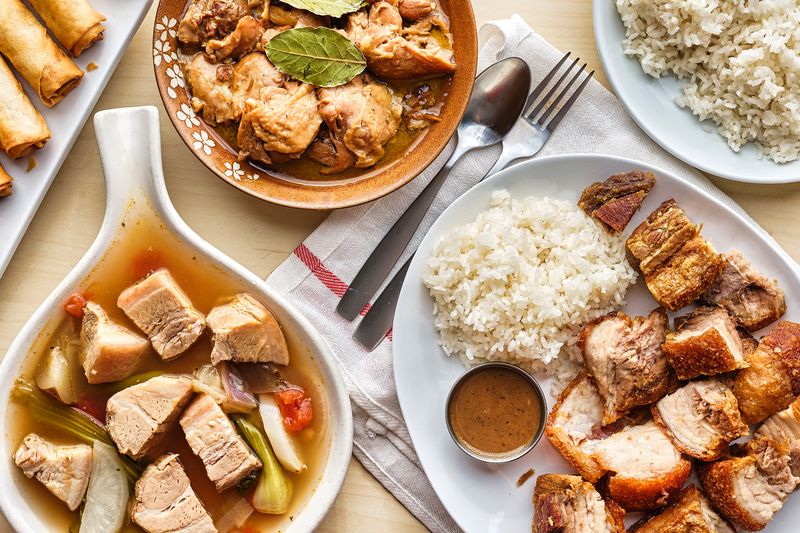
Bursting with bold flavors, Filipino cuisine is a delightful mix of indigenous, Spanish, Chinese, and American influences. Signature dishes such as adobo and lechon showcase a rich blend of savory and tangy tastes. However, the complexity of flavors and unfamiliar combinations can be a hurdle for broader acceptance.
While the Filipino diaspora has introduced these dishes abroad, they often remain overshadowed by more mainstream Asian cuisines like Chinese and Japanese. Education and exposure could unlock the global potential of Filipino culinary artistry.
Fun fact: The Philippines celebrates a national “Lechon Festival,” highlighting the importance of this roasted pig dish in Filipino culture.
Lebanese Cuisine
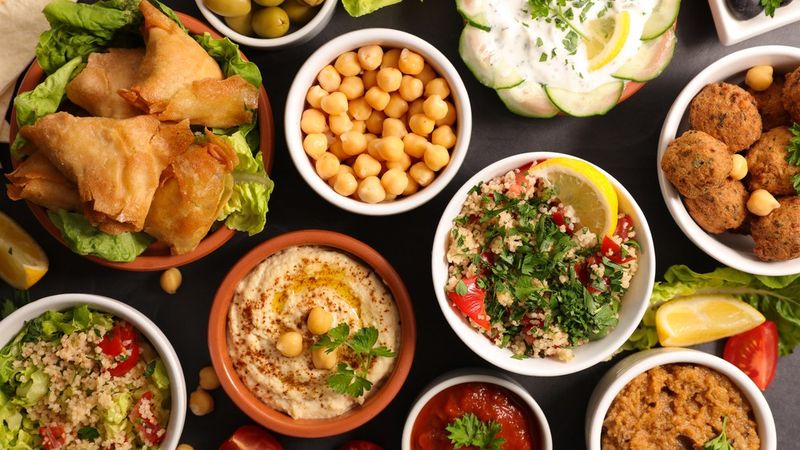
Renowned for its fresh ingredients and healthy options, Lebanese cuisine offers a delicious array of flavors through dishes like hummus and tabbouleh. The mezze style of dining encourages sharing and enjoying a variety of tastes in one sitting.
Despite its mouthwatering appeal, Lebanese food often competes with other dominant Mediterranean cuisines like Greek and Italian. Misconceptions about Middle Eastern food can also hinder its popularity.
Did you know? Lebanon is one of the oldest wine-producing regions in the world, with vineyards dating back thousands of years.
Vietnamese Cuisine
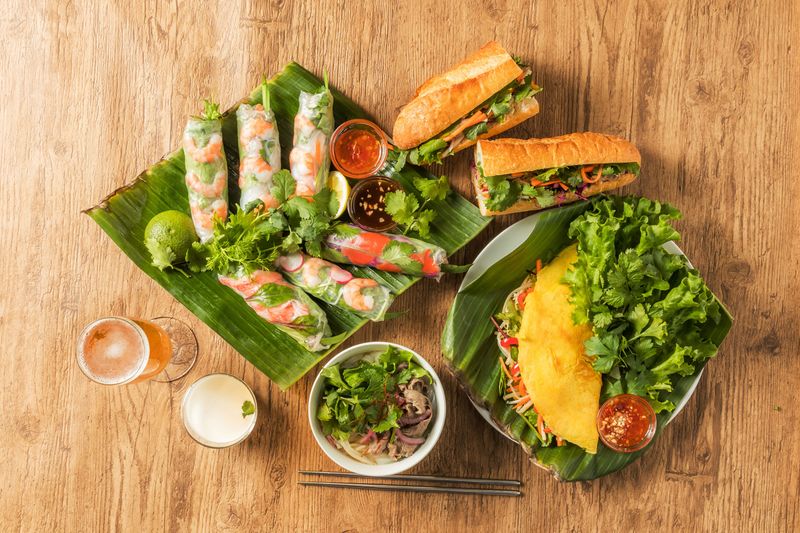
Vietnamese cuisine captivates with its balance of flavors and textures, exemplified by dishes such as pho and banh mi. These meals offer a fresh and fragrant experience, emphasizing herbs and light sauces. However, the perception of Vietnamese food as simply another type of Asian cuisine can overshadow its distinctiveness.
Limited exposure outside of major urban centers and the dominance of other Asian cuisines often leave Vietnamese food underappreciated on a larger scale. Efforts to highlight its unique qualities could elevate its global status.
A quirky fact: Banh mi, a popular Vietnamese sandwich, reflects French colonial influence with its use of baguettes.
Moroccan Cuisine
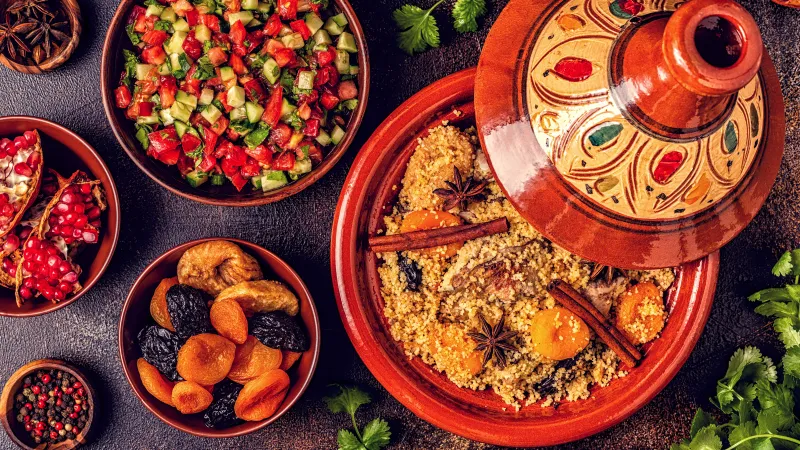
Moroccan cuisine is a blend of North African, Arabic, and Mediterranean influences, renowned for its aromatic spices and slow-cooked dishes like tagine and couscous. These meals offer an exotic and comforting culinary experience.
Despite its richness, Moroccan food is sometimes seen as niche or difficult to prepare, which can limit its global appeal. Cultural associations and the complexity of spice blends might also deter potential enthusiasts.
Fun fact: Morocco is known as the world’s largest exporter of sardines, with this humble fish playing a significant role in its culinary tradition.
Indonesian Cuisine
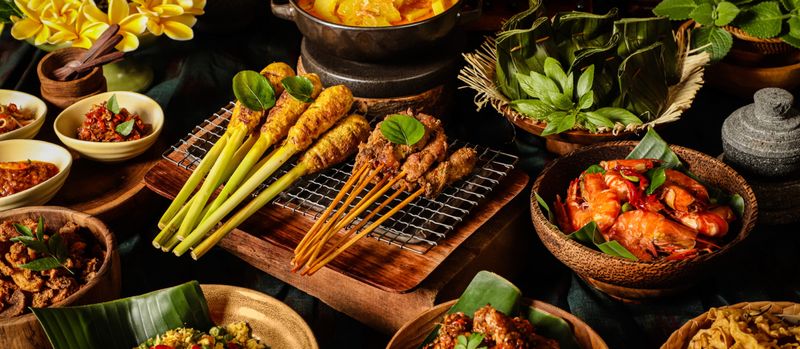
Indonesian cuisine is a rich tapestry of regional flavors, with staples like satay and nasi goreng offering smoky and spicy delights. The use of fresh ingredients and complex spice combinations create a unique taste profile that remains under the radar globally.
Indonesia’s diverse culture and vast archipelago result in a wide variety of dishes that can overwhelm those unfamiliar with its complexity. Language barriers and the overshadowing presence of other Southeast Asian cuisines also contribute to its limited worldwide recognition.
Did you know? Tempeh, a popular meat alternative, originated from Indonesia and is a staple in Javanese cuisine.
Turkish Cuisine
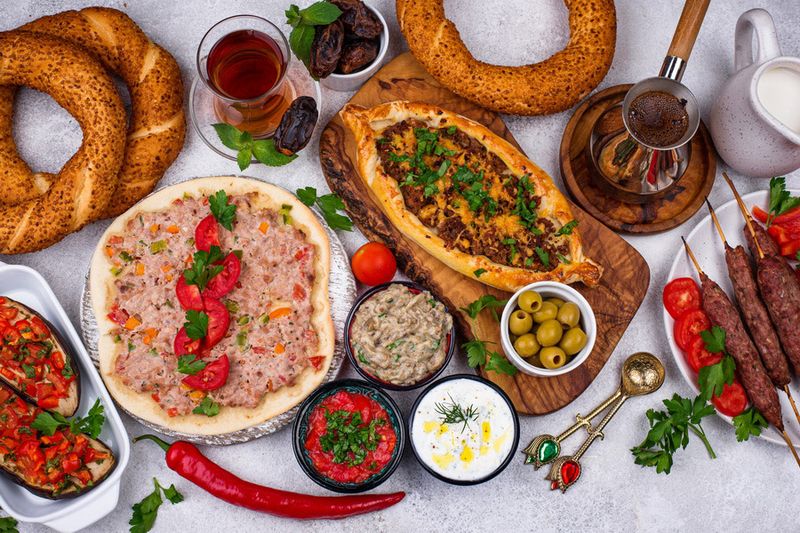
Turkish cuisine offers a treasure trove of flavors, from the savory delights of kebabs to the sweet indulgence of baklava. Each dish tells a story of the country’s diverse history and geography, yet Turkish food often remains in the shadow of other Mediterranean cuisines.
Global perceptions often limit Turkish cuisine to kebabs alone, neglecting the rich variety of its culinary offerings. The historical and cultural significance of Turkish food deserves more appreciation and exploration worldwide.
Interesting tidbit: Turkey is the birthplace of coffee culture, with a rich tradition of Turkish coffee that dates back centuries.
Brazilian Cuisine
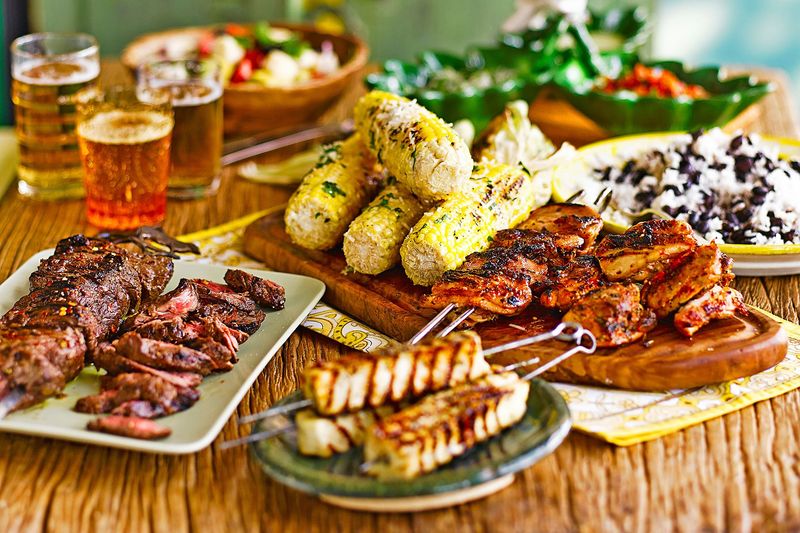
Brazilian cuisine is a celebration of flavors, with churrasco and feijoada offering hearty and satisfying meals. This culinary tradition embraces a wide array of ingredients reflecting Brazil’s multicultural heritage.
Despite its vibrancy, Brazilian food is often overshadowed by other Latin American cuisines like Mexican. Misunderstandings about its diversity and complexity may deter international recognition.
Did you know? Brazil is the world’s largest producer of coffee, and its coffee culture is deeply ingrained in daily life.
Iranian Cuisine
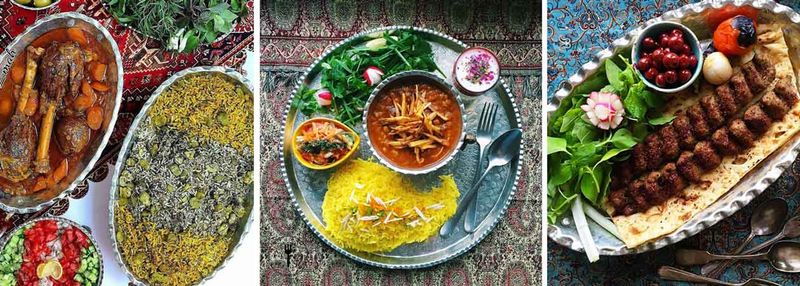
Iranian cuisine is a feast for the senses, with dishes like kebab and saffron rice offering a subtle yet complex flavor profile. The intricate use of spices and herbs reflects a rich culinary heritage that is often underappreciated.
Cultural and political barriers have historically limited the spread of Iranian food globally. Additionally, misconceptions about Middle Eastern cuisines in general can obscure the distinct qualities of Iranian dishes.
Fun fact: Iran is one of the largest producers of saffron, often referred to as “red gold,” which is a staple ingredient in its cuisine.
Leave a comment